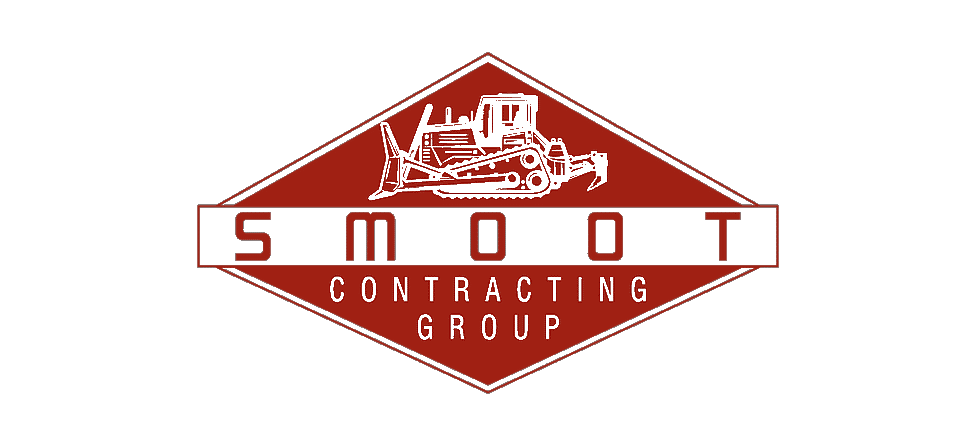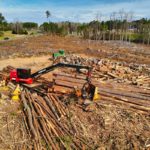Not all property owners own their own land. And, as land prices continue to increase, you should be proud of the fields, meadows, orchards, and agricultural land that is part of your property. However, land comes with challenges, and, if your land isn’t clear, it might be unusable. If this is the case, you might be wondering how you can restore the health of your land and optimize its usability.
In the sections below, we’ll look into the most popular and efficient techniques for land clearing. But, before you can get started on your project, you should contact the experts at Smoot Contracting Group to know what the right land clearing method for your land is.
Using a Grubber or Bulldozer
Grubbing and dozing your land are among the most popular general demolition techniques used to remove solid and permanent objects on your land. One of the obvious benefits of this technique is that it can offer you a clear land area in no time. Indeed, the speed at which bulldozers and grubbers work is unmatched by any other land clearing method.
While this speed represents a great advantage, it is also the source of the biggest drawback of bulldozing. Indeed, grubbers and bulldozers work fast, thus leaving behind an uneven floor and large holes.
This rough, messy finish might be just what you need if you are starting a construction project and you need to excavate the land further. However, if you are thinking about cultivating the field, using it for animal grazing, creating a parking lot, or paving the land, you will need to get started with filling the holes and creating an even floor.
Additionally, don’t forget that clearing the land with a bulldozer means that you will have a pile of discarded material to deal with after your land clearing project. And, this material will need to be burned or hauled away – over time, and at a cost!
Burning Vegetation
If your land does not have walls and/or construction you are looking to get rid of, you might consider clearing it of its vegetation with a prescribed burn. Undoubtedly, this is a fast, clean way to clear land covered in vegetation. However, this method does not come without its share of challenges. These include:
- Working with an open fire is always hazardous for surrounding people, properties, and environments alike
- This land clearing method does not allow you to select what to clear from your land, meaning that valuable trees and bushes might also be affected
- A fire’s heat can affect how fertile the soil is, meaning that clearing land with fire might make it impossible to cultivate
- Clearing land with fire will destroy present vegetation, which can contribute to erosion
Speaking to land clearing professionals before getting started with a prescribed burn is always recommended to ensure that this is the right way to treat your land and prevent damages to property and people.
Hand Clearing Using a Chainsaw
If you are looking for a minimally-invasive land clearing alternative, opt for using a chainsaw. This technique allows you to selectively clear the vegetation on your land and prevent future issues like corrosion. At the same time, manually cutting down vegetation and pollutants will not affect the land’s ability to be successfully cultivated.
Of course, manual land clearing is not a technique suitable for all types of land. Indeed, using a chainsaw is both time-consuming and a lot of effort, making it an unsuitable option for large patches of land. However, it is a great alternative to thin or clear a small area.
Using a Mulcher
Using a mulcher to clear land is a popular technique that comes with unique benefits – here’s what you need to know:
- Using a mulcher can help you selectively clear vegetation – a considerable benefit that other land clearing techniques such as burning don’t offer
- The vegetation that is cleared in the process is processed, so you don’t have to move it away or burn it
- The cleared land is immediately usable, so you don’t need to go back and fix the area
- You can use this time-efficient technique in large land areas
- Mulching is a safe alternative to burning that won’t create damage to the environment
Mulching takes its name from the process of redelivering the cleared vegetation back to the land. Aside from keeping the land’s health unaffected, this technique provides a natural barrier on the land, which will slow down the regrowth of future vegetation.

